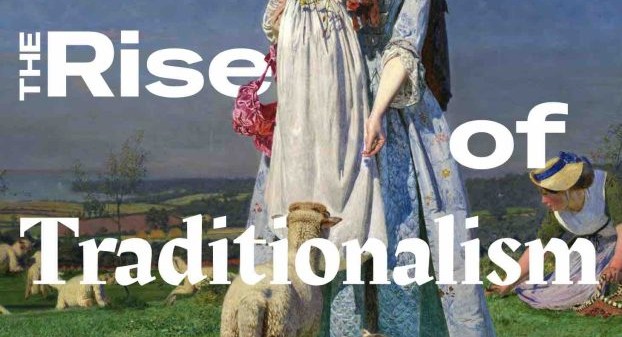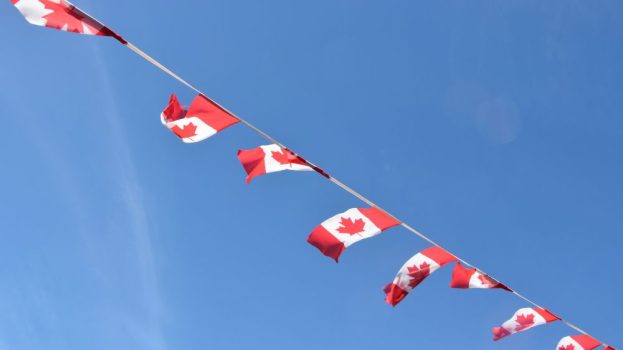Consumer spending is beginning to increase from the lows it experienced in March, according to data from RBC, but strength in grocery and software is not enough to offset declines in some of the hardest-hit product categories.
RBC compiled the latest edition of its consumer spending report based on anonymous spending data from its cardholders, comparing weekly average spending in a range of product, service and retail categories to the first 11 weeks of the year, prior to broad social distancing measures taking place.
Overall, consumer spending is still hurting, down by 17% compared to pre-crisis levels, but is beginning to climb up from the 32% decline that was seen at the end of March. However, some product categories are more responsible for that increase than others.
Spending on software has been trending upwards since the pandemic began, and is currently up by 69%. The department store, electronics, furniture, appliance, building and other specialty retail categories have crept back into pre-crisis levels, currently each around 7% higher than before the pandemic, after being down by nearly 20% at the end of March. However, spending in apparel, gifts and jewellery has struggled to rebound: after seeing spending levels drop by 76% at the end of March, it currently sits at 58% lower than pre-pandemic spending.
Unsurprisingly, with Canadian travel coming to a near stand-still, spending on both local and international travel is currently 91% lower than it was prior to the pandemic. Spending on cars and gas was down by 38% in mid-April, but has since increased to being down by only 21%, likely due to the slight recovery in gas prices in recent weeks.
After experiencing a 59% spike in spending at the outset of the pandemic, grocery stores settled into a more modest 7.2% spending increase by the end of March as people worked through their stockpiles, and has since inched back up to being 25% higher as people continue to eat out less. Dining out continues to remain low, with spending decreasing 65% at the end of March, but is now only 51% lower as consumers become more familiar with delivery and take-out options.
Canadians are also spending 21% more on things like books and music, and 3.2% more on cable and other telco services. Spending on entertainment, movies and live arts tanked after theatres and venues were closed, though it has since increased to being only 50% lower than pre-pandemic levels, which RBC estimates is due to clients trying out new digital subscription services.
























